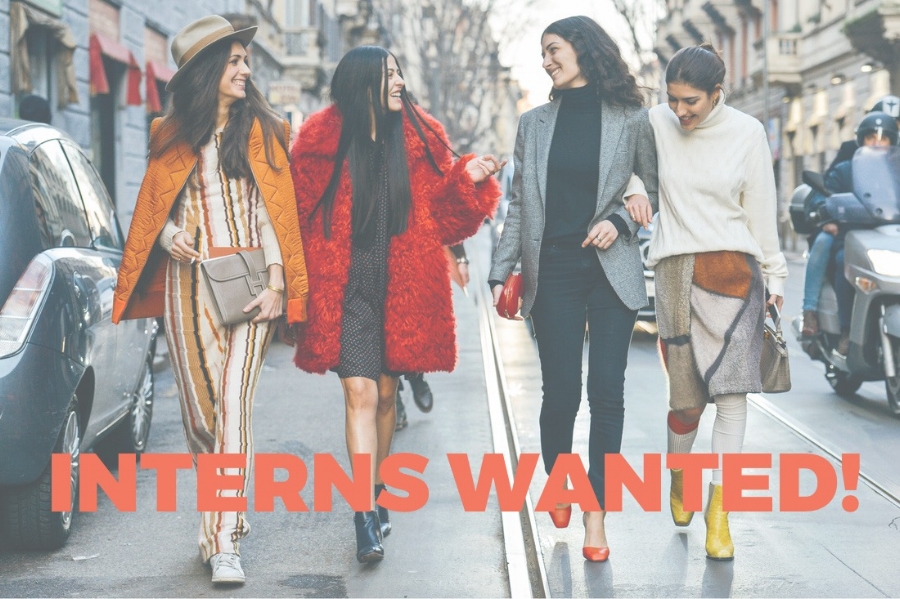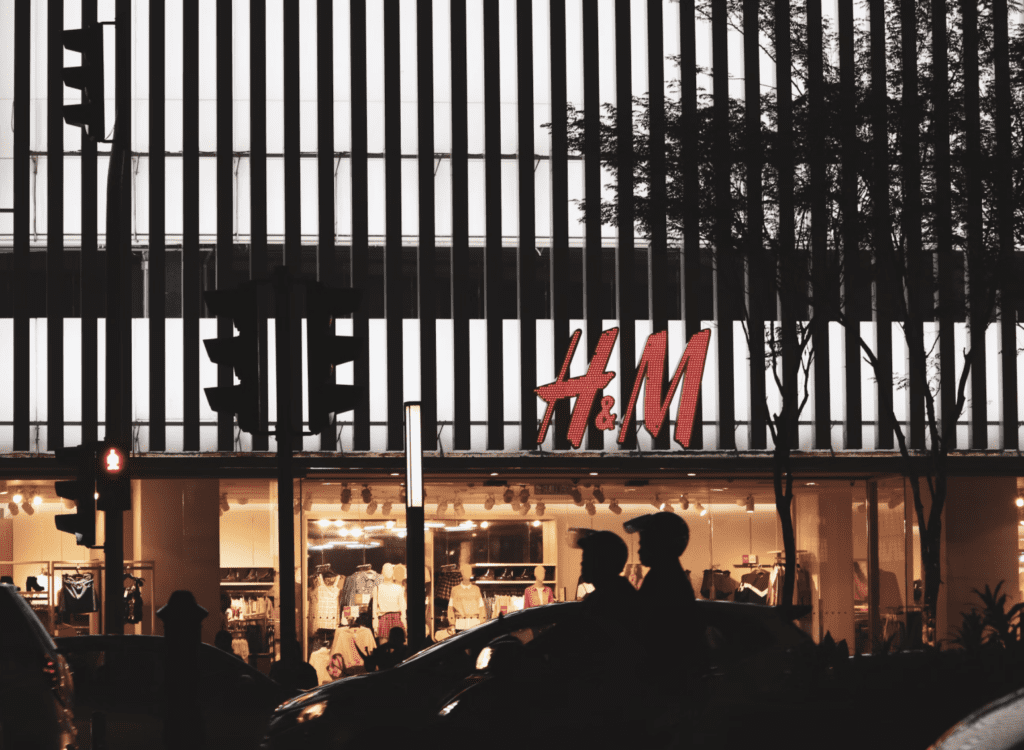 image: image: WhatRUWearing
image: image: WhatRUWearing
Each year towards the end of the spring semester, job posting sites are rife with offerings for summer internships, ones that enable current students and new graduates, alike, to “get their feet in the door” in furtherance of their dream careers. Long touted as a way for companies to benefit from cheap – or in some cases, free – labor in exchange for on-the-job training for young people, industry internships, particularly in fashion, have been undergoing something of a significant shift in recent years.
It was not all that long ago that fashion was hit with a barrage of lawsuits in the U.S. Legal action was initiated against the likes of Hearst, Condé Nast, Lacoste, Zac Posen, Burberry, Gucci, Calvin Klein, Marc Jacobs, Oscar de la Renta, Coach, Tommy Hilfiger, Fendi, Ralph Lauren and Donna Karan, and put the unpaid fashion industry internship in a precarious position. This string of lawsuits, in particular – which contained similar claims, centering on fashion’s “systemic practice” of exploiting eager young people to do entry-level work for free by labeling them as “interns” – has led no shortage of brands and publications to reevaluate and in some cases, simply opt out of providing internship opportunities at all for fear of litigation.
For those that have continued to utilize the practice of unpaid internships, the media has taken a particularly strong stance. Earlier this year, for instance, the Guardian called out British Vogue for actively recruiting unpaid interns – or applicants for “workplace shadowing,” as the fashion magazine put it – for “month-long placements that involve ‘assisting the fashion features team,’ including transcribing interviews, obtaining photographs and fashion samples, and helping with ‘online content.’”
The intern solicitations coincide with editor Edward Enninful’s “commitment to increasing diversity at the fashion publication,” the Guardian noted, including by way of “more diversity, from schools to internships to mentorships.”
The Vogue shadowing positions made headlines after Tanya de Grunwald of Graduate Fog – a London-based publication that says it has been “naming and shaming intern exploiters since 2010” – reported Vogue to HM Revenue and Customs, the British government entity tasked with overseeing the nation’s taxes and labor-related payments.
At issue for Ms. de Grunwald? Vogue’s shadowing roles were more likely those of a “worker” than an intern, and therefore, were subject to national minimum wage laws. A representative for Condé Nast refuted the claims, telling the Guardian that its workplace shadowing program offer students “the opportunity to learn how our workplace operates, test their interest in a possible future career, as well as providing invaluable opportunities to network and improving their skillset in relation to future employment.”
While the law has been very much on the side of companies that aim to benefit from intern labor, at least in the U.S., there is something else at play here: A larger push towards acknowledging that such internships are actively serving to limit the pool of individuals who are ultimately best situated – resume-wise and in terms of connections – to be employed in fashion.
In addressing British Vogue’s unpaid positions, the Guardian’s Sarah Butler stated that the internships stand in stark contrast to Enninful’s vocal push for diversity. “Unpaid internships actually limit diversity,” she wrote. “Working for nothing, particularly in London, requires considerable financial resources to cover living expenses.”
The expectation that one is able to work for free – oftentimes thanks to family wealth and even before that, nepotism or family connections in order to have the opportunity for an interview – is, of course, at the root of the unpaid internship. As such, it should come as little surprise that these unpaid internship opportunities tend to be tailored almost exclusively for … as The Atlantic put it, “rich kids.”
Money estimated in 2016 that accepting a 3-month summer internship in Manhattan might set a student back up to $6,000. Citing a report from educational non-profit Sutton Trust, the BBC reported in 2014 that taking an unpaid internship could cost an individual roughly $1,240 per month. With that in mind, Dr. Lee Elliot Major, the trust’s director of development and policy, aptly noted that such an opportunity is simply “beyond the means of the vast majority of individuals,” thereby limiting the pool of individuals who could afford to take an internship, in many cases, to the wealthiest applicants.
Not merely a rich-kid opportunity, though, internships have commonly proven limited – and limiting – in other ways, as well. For example, a few years ago, an image of the interns for ASOS, a U.K.-based online retailer, demonstrated the lack of racial diversity that comes with such positions. In 2014, ASOS tweeted a photo of 14 of its interns, which sparked public outcry due to the fact that all of the individuals were white. If this sounds familiar, it is because something similar happened when the White House revealed its interns by way of a photo in late March. Save for a few exceptions, the vast majority of the interns were white.
The limiting of prospective young talent that can make inroads into the fashion industry by way of unpaid internships is indicative of an even larger phenomenon, the industry’s consistent reliance on individuals from the same small pool, ones from the same social strata.
Not merely a hypothetical issue, this high barrier to entry ultimately leads to output — be it magazine covers or editorials, runway show castings, or even (and most worryingly) the selection and treatment of news — that is dominated and arguably skewed by one, or a small few, demographics, and that is largely static in nature, making the potential for change in terms of tone and breadth difficult to achieve.
This is likely part of why it has taken (and continues to take) so long for the fashion industry to truly acknowledge the need for representation and coverage of individuals that do not directly mirror those inside of its small circle, and also why fashion publications and brands consistently offend – either by way of cultural faux pas or an overwhelming sense of exclusion – those outside of its immediate ranks.
It is difficult to ignore the role that internships play in upholding the status quo that is the grander scheme of fashion and just how limiting they may be for the industry, which is, in many ways, not nearly as progressive and of-the-moment as it thinks it is.











